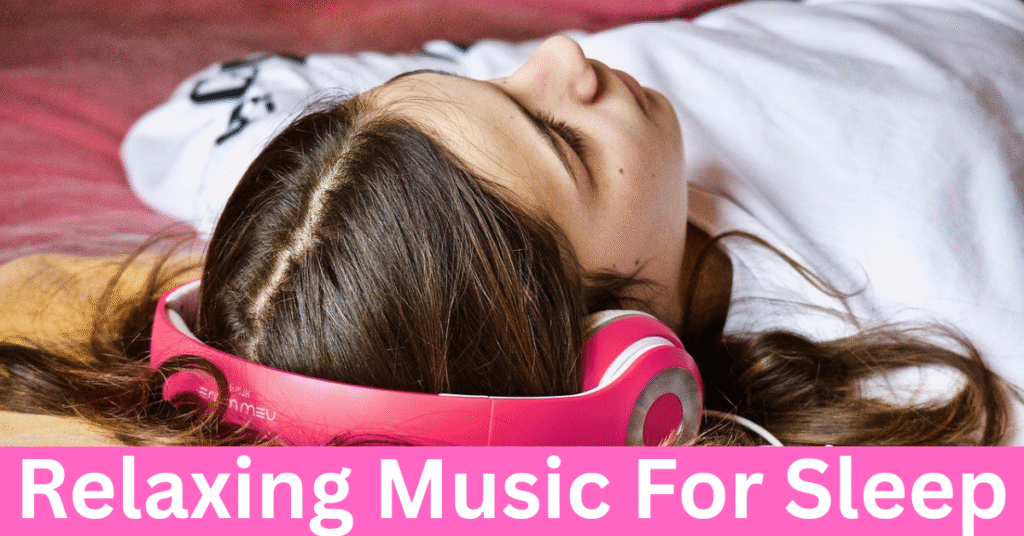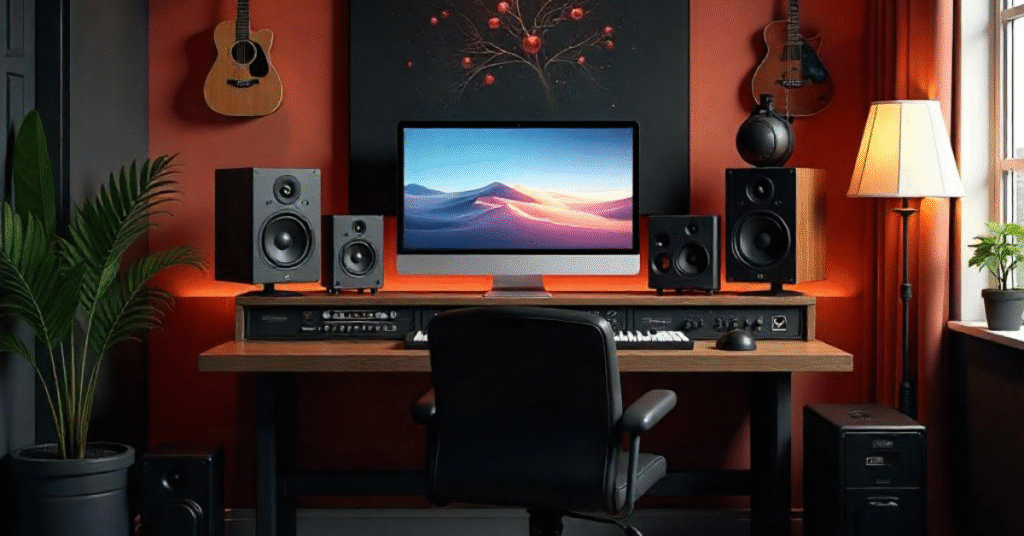Relaxing Music for Sleep: Your Nighttime Companion for Better Rest

There’s nothing more frustrating than lying in bed with your mind racing when all you want is to sleep. I’ve been there—tossing, turning, and counting imaginary sheep that just won’t cooperate. One trick that’s made a huge difference for me? Relaxing music for sleep.
Not the loud, energetic kind you play while cleaning your house, but the slow, gentle tunes that wrap around you like a warm blanket. It’s not just a placebo—science backs it up. The right sounds can slow your heartbeat, ease your breathing, and give your mind the signal it’s been waiting for: “It’s time to rest.”
Why Relaxing Music Helps You Sleep
Think about it—when you’re stressed or distracted, your body is in a “high alert” mode. Music with a slow tempo, predictable rhythm, and soft tones can actually guide your brain into a more peaceful state.
- Slower tempo (around 60–80 beats per minute) matches your resting heart rate.
- Steady patterns tell your brain, “You’re safe, you can relax.”
- No sudden changes mean nothing jolts you awake.
It’s the same reason lullabies work for babies—our brains love gentle repetition.
Different Types of Relaxing Music for Sleep
- Ambient Soundscapes
These are long, flowing tracks without a clear beat—think soft synth pads, airy drones, or the gentle hum of wind. Perfect for people who want music that “fades into the background.”
- Classical Pieces
Not every symphony is sleep-friendly, but slow piano pieces by Chopin or soothing strings from Debussy can work wonders. They create a calm, elegant atmosphere.
- Meditation & Mindfulness Tracks
Often paired with deep breathing exercises, these mixes may include flutes, bells, or water sounds. They help slow down both your thoughts and your breathing.
Nature Sounds & Binaural Beats
- Nature Sounds: Rain on a roof, ocean waves, or birds at dawn can bring you back to a simpler, quieter mindset.
- Binaural Beats: By sending slightly different tones to each ear, they can help your brain move into slower, sleep-friendly wave patterns.
Instrumental vs. Vocal Tracks
Most sleep playlists stick to instrumental tracks because lyrics can keep your mind active. But if a soft, slow vocal track makes you feel safe and comforted, there’s no rule against it. Some people even swear by adult lullabies.
You can check more blog posts for music production, including relaxing music for sleep.
Tips for Using Sleep Music Effectively
- Choose a playlist at least 30–60 minutes long so you don’t wake up mid-song.
- Set a timer so it turns off after you’ve fallen asleep.
- Keep the volume low—it should be background, not the main event.
- Create a routine—dim lights, stretch a little, then start your music.
- You can check relaxing music for sleep.
When to Press Play
I usually start mine about half an hour before bed. It gives me time to shift out of “day mode” and into “rest mode.” You may find your sweet spot through some experimentation.
Extra Perks You Might Notice
- You wake up feeling less groggy.
- Your mood lifts because you’ve had deeper rest.
- You’re sharper and more focused during the day.
FAQs
Q1: What’s the best type of relaxing music for deep sleep?
Ans:- Ambient, classical, and meditation tracks are the most popular choices.
Q2: Are instrumental tracks better than vocal ones?
Ans:- Usually, yes—but gentle, soft vocals can be soothing for some.
Q3: When should I start playing my sleep playlist?
Ans:- About 30–45 minutes before bed works for most people.
Q4: Do binaural beats help?
Ans:- Many people find that they help them relax and fall asleep faster.
Q5: Can music cure insomnia?
Ans:- It’s not a cure, but it can make it much easier to drift off.
Hi, I’m Nikhil Farenjiya, a music producer and professional singer with 10 years of experience. I share my knowledge and passion for music through writing to help aspiring artists grow. My blog is dedicated to inspiring and guiding music lovers on their creative journey.


